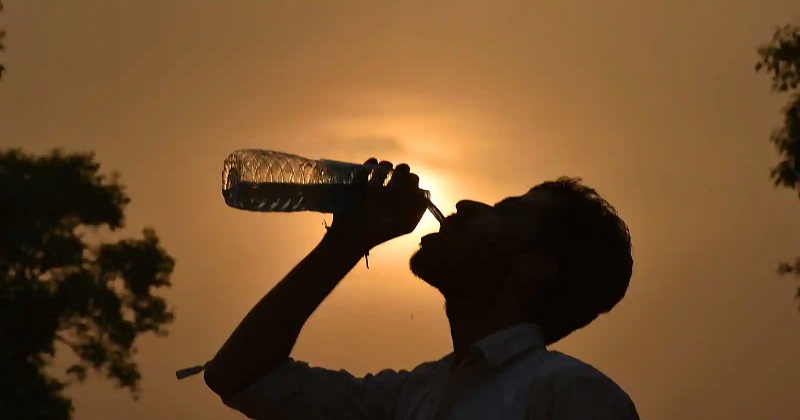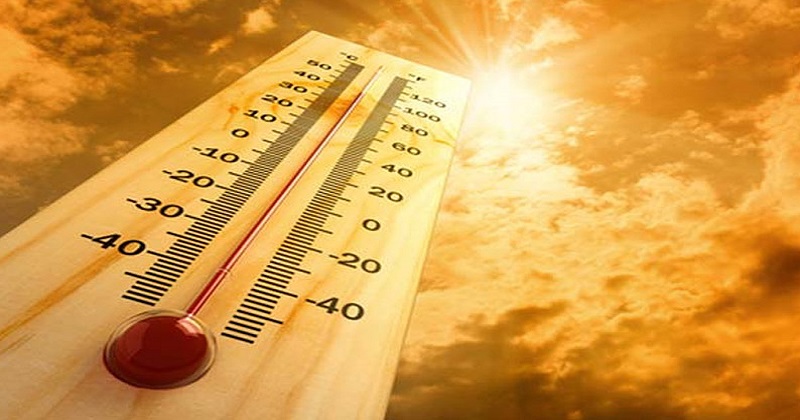
Nearly 740,000 deaths in India are linked to abnormal temperatures related to climate change, according to a study published in The Lancet Planetary Health journal. Over five million extra deaths each year are attributed to non-optimal temperatures, according to an international team led by scientists at Monash University in Australia. Researchers found that hot weather deaths increased across all regions between 2000 and 2019, showing that climate change will lead to a future with increased mortality rates.
Across all of India, abnormal cold temperatures result in 655,400 deaths per year, while high temperatures lead to 83,700 deaths, according to researchers. During the period 2000 to 2019, global temperatures rose by 0.26 degrees Celsius per decade. Researchers found 9.43 percent of global deaths could be attributed to cold and hot temperatures in the first study to definitively correlate non-optimal temperatures with mortality.

This equates to 74 excess deaths for every 100,000 people, with most of these deaths caused by exposure to cold. Climate change could ‘slightly reduce the number of temperature-related deaths, largely due to a decrease in cold-related deaths,’ said Monash University’s Professor Yuming Guo. Prof Guo says that long-term climate change will likely increase the mortality burden since heat-related deaths will continue to rise.
There are geographic differences in the impact of non-optimal temperatures on mortality, with Eastern Europe and Sub-Saharan Africa having the highest rates. From 2000 to 2019, cold-related deaths decreased by 0.51 percent, while heat-related deaths increased by 0.21 percent, resulting in a reduction in the net mortality due to cold and heat. The study found that more than half of the global deaths caused by abnormal cold and heat occurred in Asia, particularly in East and South Asia.
Researchers found that Europe had the highest excess death rate per 100,000 due to heat exposure. It was found that Sub-Saharan Africa had the highest death rates per 100,000 from exposure to cold. Southeast Asia saw the largest decline in net mortality, while South Asia and Europe experienced an increase. Prior studies have examined temperature-related mortality within a single country or region.
It is the first study to obtain a global overview of mortality caused by non-optimal temperatures between 2000 and 2019, the hottest period since the Pre-Industrial Era, said Prof Guo. According to him, the study had a large and diverse sample size, unlike previous studies. Studies from 43 countries included nations from five continents, having different climatic conditions, demographics and infrastructure conditions.
Read more: CM Jagan Mohan Reddy launches ‘Rythu Bharosa Kendras’
The mortality data from this study are significantly higher than those from the second-largest study conducted in 2015 across 13 countries/regions, which estimated 7.7% of deaths were caused by cold and hot temperatures. ‘We need data from all points on the globe to understand the true consequences of non-optimal temperatures under climate change,’ Mr. Guo said. In order to develop climate change mitigation and adaptation strategies and health protection policies, Mr. Guo said it is crucial to understand geographic patterns in temperature-related mortality.

Post Your Comments